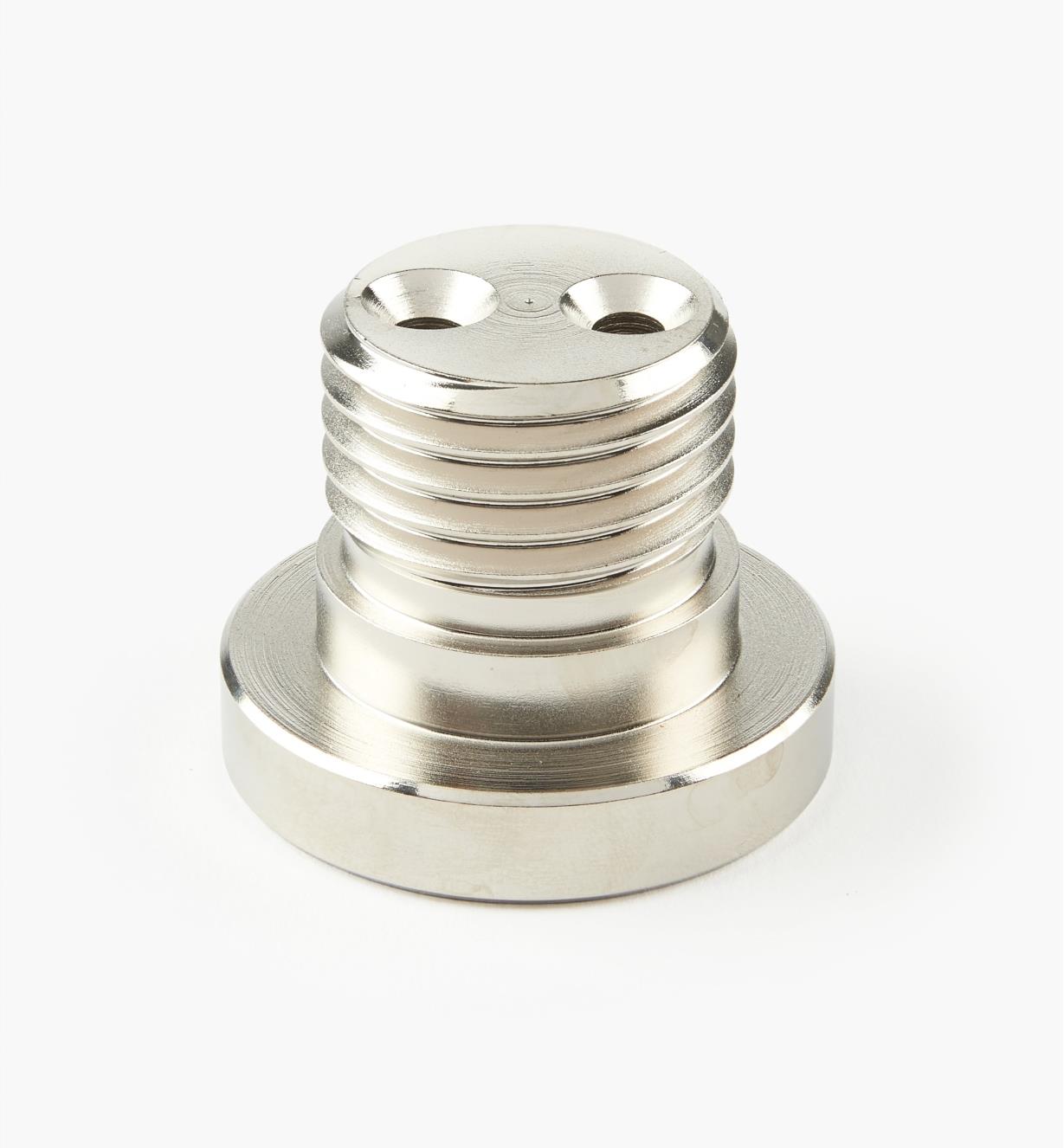Deadeye
Established Member
Just curious really - from time to time people say "so I 3D printed it"; a recent example was dust extraction adapters and a Y piece.
Anytime I've looked at getting something made it's been prohibitively expensive.
Is it loads cheaper doing it yourself, or does it only really work if you enjoy it and don't factor the time?
How much would a 100mm Y piece cost to print - they're about a tenner at Axminster?
Also, what's the capital outlay and learnign curve to make things? Is Sketchup enough?
Anytime I've looked at getting something made it's been prohibitively expensive.
Is it loads cheaper doing it yourself, or does it only really work if you enjoy it and don't factor the time?
How much would a 100mm Y piece cost to print - they're about a tenner at Axminster?
Also, what's the capital outlay and learnign curve to make things? Is Sketchup enough?









































